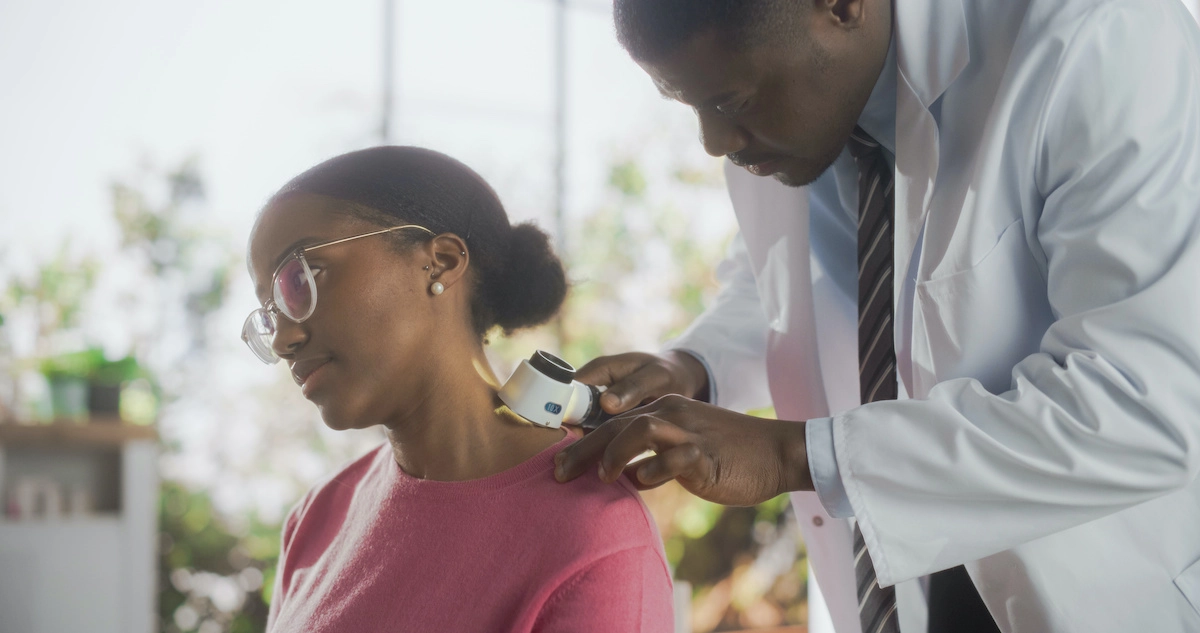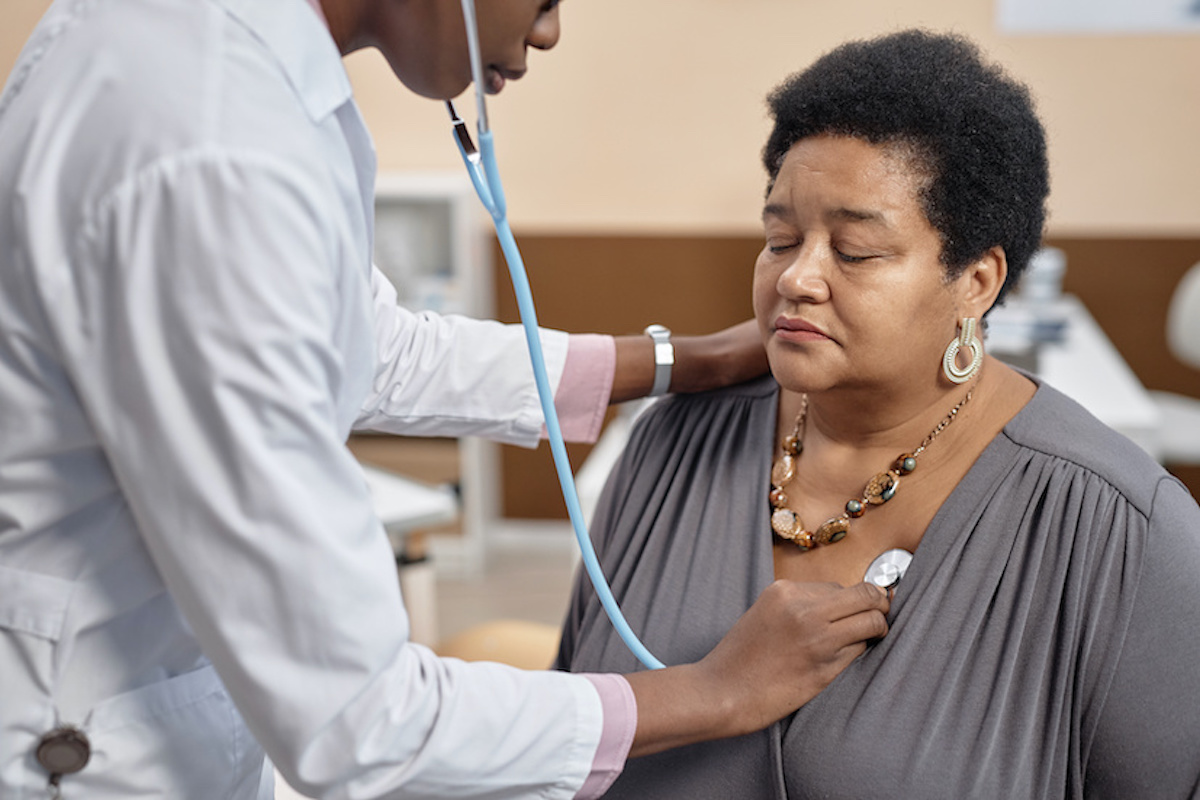
By Sonya Goins, MayoClinic.org
Melanoma, the most serious type of skin cancer, develops in the cells (melanocytes) that produce melanin—the pigment that gives your skin its color. Melanoma can also form in your eyes and, rarely, inside your body, such as in your nose or throat.
The exact cause of all melanomas isn’t clear, but exposure to ultraviolet (UV) radiation increases your risk of developing melanoma. Limiting your exposure to UV radiation can help reduce your risk of melanoma. Melanoma can be treated successfully if it is detected early.
The myth that people with dark skin are immune to melanoma, a type of skin cancer, has persisted for many years. It’s a dangerous misconception that has caused some people not to be diligent about protecting themselves against dangerous UV rays.
“Melanin is the protein component of the skin that gives our skin color,” says Dr. Dawn Davis, a Mayo Clinic dermatologist.
Darker skin tones have more melanin. The pigment protects against sun damage and lowers the risk of skin cancer. Some people with dark complexions think melanin shields them from getting cancer. But Dr. Davis says that’s a myth.
“All patients, including patients who are skin of color, have a risk of melanoma. Children can also have melanoma,” explains Dr. Davis.
When melanoma develops in people of color, it’s often diagnosed at a later stage and is more aggressive. But that could be because skin cancer in people with darker skin may appear in unexposed areas.
“Under your armpits, in your genital area, under your nails, fingernails and toenails, and on the palms and soles,” says Dr. Davis.
People of color, including children, should wear sunscreen and perform regular skin self-exams.
How to reduce the risk of melanoma
The longer you’re exposed to the sun, the greater the risk for developing skin cancer. There are several things people can do to protect their skin:
- Wear sunscreen of at least 30 SPF.
- Perform regular skin self-exams.
- See a health professional for abnormal growths or warts.
- Wear protective clothing.
Source: Interview with Dr. Dawn Davis, a Mayo Clinic dermatologist; https://newsnetwork.mayoclinic.org












